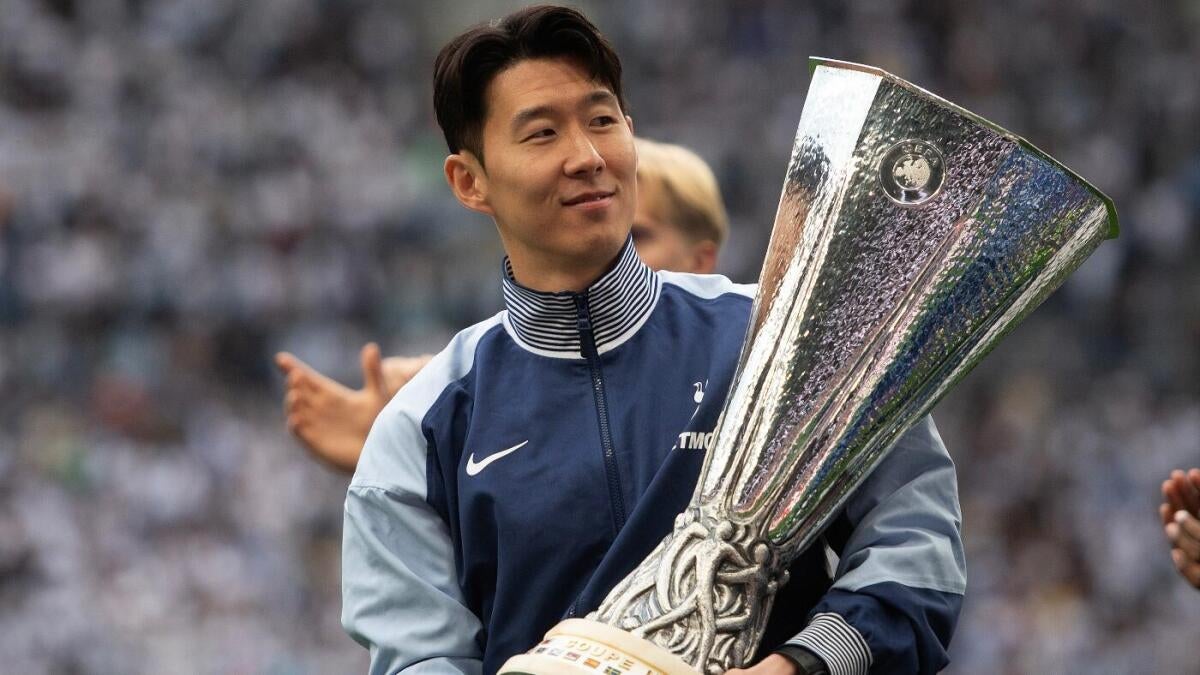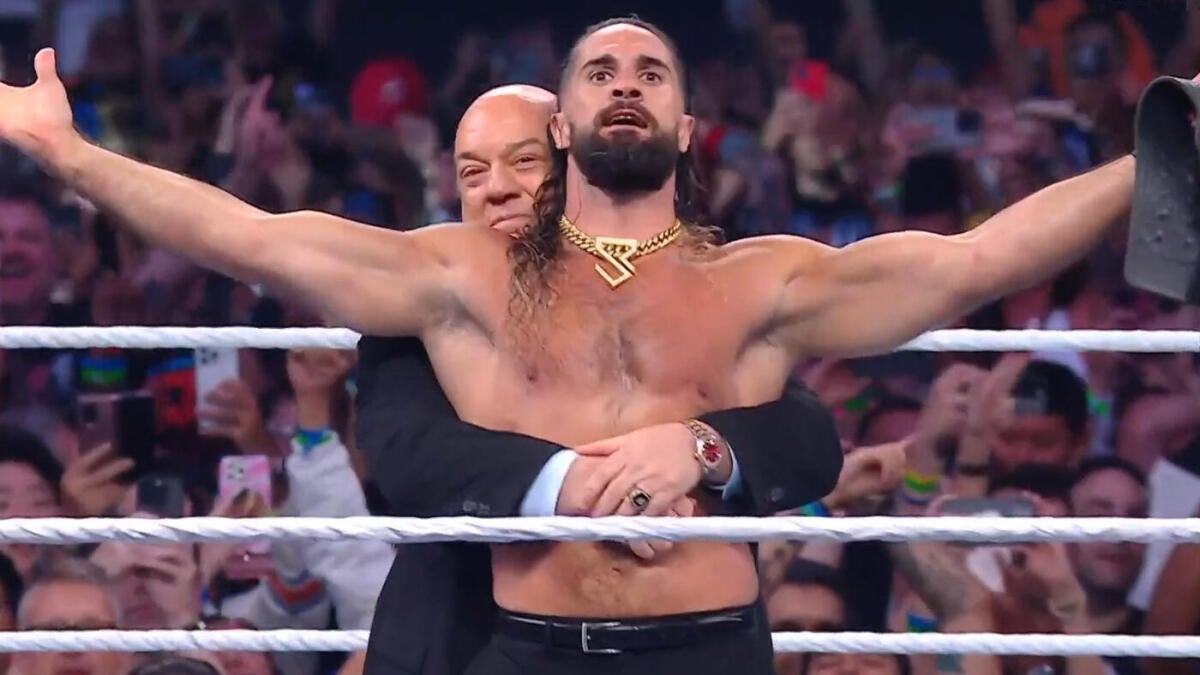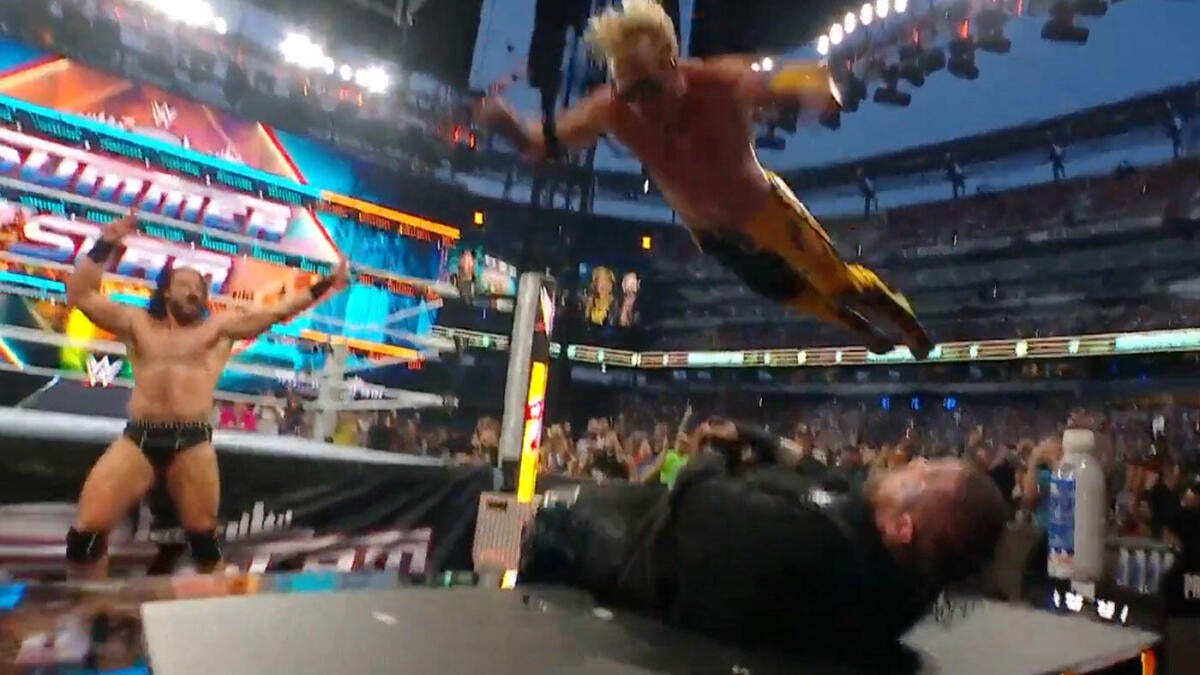The recurring theme across multiple articles about Jazz Chisholm Jr., the versatile Yankees infielder, is the concept known as “The Seventy Percent Solution,” a strategic approach to athletic performance and mental resilience. This idea challenges conventional wisdom that champions giving 100 percent effort at all times, instead proposing that sometimes, giving a measured, calculated effort—around 70 percent—can lead to better results, sustainability, and mental clarity.
The Dawn of a New Approach
Jazz Chisholm Jr. isn’t your typical athlete who believes success hinges solely on relentless exertion. For years, athletes, coaches, and fans have been ingrained with the mentality that maxing out—pushing oneself to 110 percent—signifies dedication and greatness. Chisholm, however, introduces a counter-narrative, emphasizing the smart use of effort, control, and management of energy. This isn’t about complacency; it’s about strategic restraint.
In the context of baseball, which is a sport demanding physical endurance, mental acuity, and emotional stability, Chisholm’s approach demonstrates that performance isn’t solely about absolute exertion. It’s about knowing when to push forward and when to conserve, thereby preventing burnout, injury, or mental fatigue. The concept of “The Seventy Percent Solution” aligns with modern sports science, which increasingly recognizes the importance of recovery and mental health in athletic performance. By adopting this approach, Chisholm is not only optimizing his physical output but also safeguarding his long-term career sustainability.
Understanding “The Seventy Percent Solution”
This concept involves deliberately limiting one’s intensity or effort level to 70% during performance—whether in batting, fielding, or overall game management. The implications are multi-layered:
– Physical sustainability: Athletes often overexert, especially during long seasons. By consciously dialing back effort to 70%, they can maintain higher levels of performance over extended periods, reducing injury risk and fatigue. For example, studies have shown that overtraining can lead to decreased immune function and increased injury rates, which are critical factors in the longevity of an athlete’s career.
– Mental clarity: Overexerting can lead to mental clutter, mistakes, or loss of focus. Giving a steady, controlled effort offers clarity, reduces anxiety, and fosters adaptability. Chisholm’s approach allows him to stay present in the moment, a skill that is invaluable in a sport where split-second decisions can change the outcome of a game.
– Strategic execution: Instead of reckless intensity, Chisholm’s approach promotes precision and control—improving decision-making on the field. This is particularly evident in his defensive play, where his ability to read the game and position himself effectively has significantly improved since adopting this mindset.
Chisholm’s own words, as reported, reveal that he’s thriving by “just going at 70%”, which is a significant shake-up from the “all-out effort” mindset that many athletes adopt. This philosophy is not about laziness or lack of commitment but about understanding that peak performance is not a constant state of maximum exertion but a balance of effort and recovery.
Impact on Performance and Perception
The transformation in Chisholm’s gameplay is striking. Since adopting this approach, his batting average, power numbers, and defensive contributions have been notable. Articles highlight his home runs, RBIs, and fielding prowess, suggesting that “controlled chaos” might be the secret recipe. The narrative pushes beyond mere stats—it’s about a sustainable, intelligent approach that disrupts traditional hustle-focused stereotypes.
Pitchers and coaches also observe the difference. Marcus Stroman praises Chisholm’s defense, which has improved alongside his offensive output. The coaching staff seems increasingly receptive to non-traditional, psychological strategies that prioritize quality over sheer effort volume. This shift in perception is crucial, as it challenges the long-held belief that success in sports is solely the result of relentless effort and grit.
Broader Implications in Sports Culture
Chisholm’s “Seventy Percent Solution” challenges the long-standing adage that effort must be maximal to be effective. It dovetails with modern sports science, which emphasizes recovery, mental health, and sustainable training systems. For athletes, especially those facing intense seasons, the strategy encourages self-awareness and energy management, akin to a high-performance business model focusing on efficiency rather than overtime.
This narrative also resonates beyond baseball. In athletic disciplines like running, cycling, or even esports, strategic effort management is gaining popularity. It offers a blueprint for avoiding burnout while maintaining peak performance over time. By sharing his own experience publicly, Chisholm provides a blueprint for aspiring athletes seeking longevity and consistency. His approach is a testament to the evolving understanding of athletic performance, where mental and physical well-being are just as important as physical prowess.
Psychological Dimensions of the “70% Effort” Philosophy
Adopting this method requires profound mental discipline. Athletes must resist societal pressures, internal urges, and sometimes, coaching directives to always give full effort. It involves trusting the process, emphasizing quality over quantity, and embracing controlled performance.
Chisholm’s approach could be seen as a mental liberation—a way to detach self-worth from constant hustle and embrace a more mindful, sustainable athletic identity. For many players, this might reduce performance anxiety, burnout, and health issues linked to overtraining. Over time, it can foster a healthier relationship with sport and competition. This psychological shift is particularly important in a culture that often equates self-worth with constant productivity and effort.
Potential Criticisms and Limitations
While compelling, “The Seventy Percent Solution” isn’t without skeptics. Some purists believe that maximum effort is necessary, especially in high-stakes moments or clutch situations. There’s a concern that dialing back effort might be misinterpreted as motivational complacency.
However, Chisholm’s success indicates that it’s not about giving less overall effort but about modulating effort intelligently. The key lies in context—knowing when to push, when to hold back, and how to execute with precision. This nuanced understanding of effort management is what sets Chisholm apart and makes his approach a viable strategy for modern athletes.
Conclusion: Redefining Athletic Excellence
Jazz Chisholm Jr.’s “Seventy Percent Solution” invites a reevaluation of what it means to perform at peak levels. It exemplifies a modern harmony between physical exertion, mental clarity, and strategic restraint—paving the way toward a more sustainable and mentally balanced athletic culture.
The profound takeaway: Winning isn’t always about going all out. Sometimes, it’s about going smart. In a sport and society increasingly valuing mental health and long-term sustainability, Chisholm’s innovative approach might just be the spark that transforms countless game plans and mindsets across the athletic world. His philosophy challenges the status quo and offers a fresh perspective on achieving excellence, proving that sometimes, less is indeed more.











